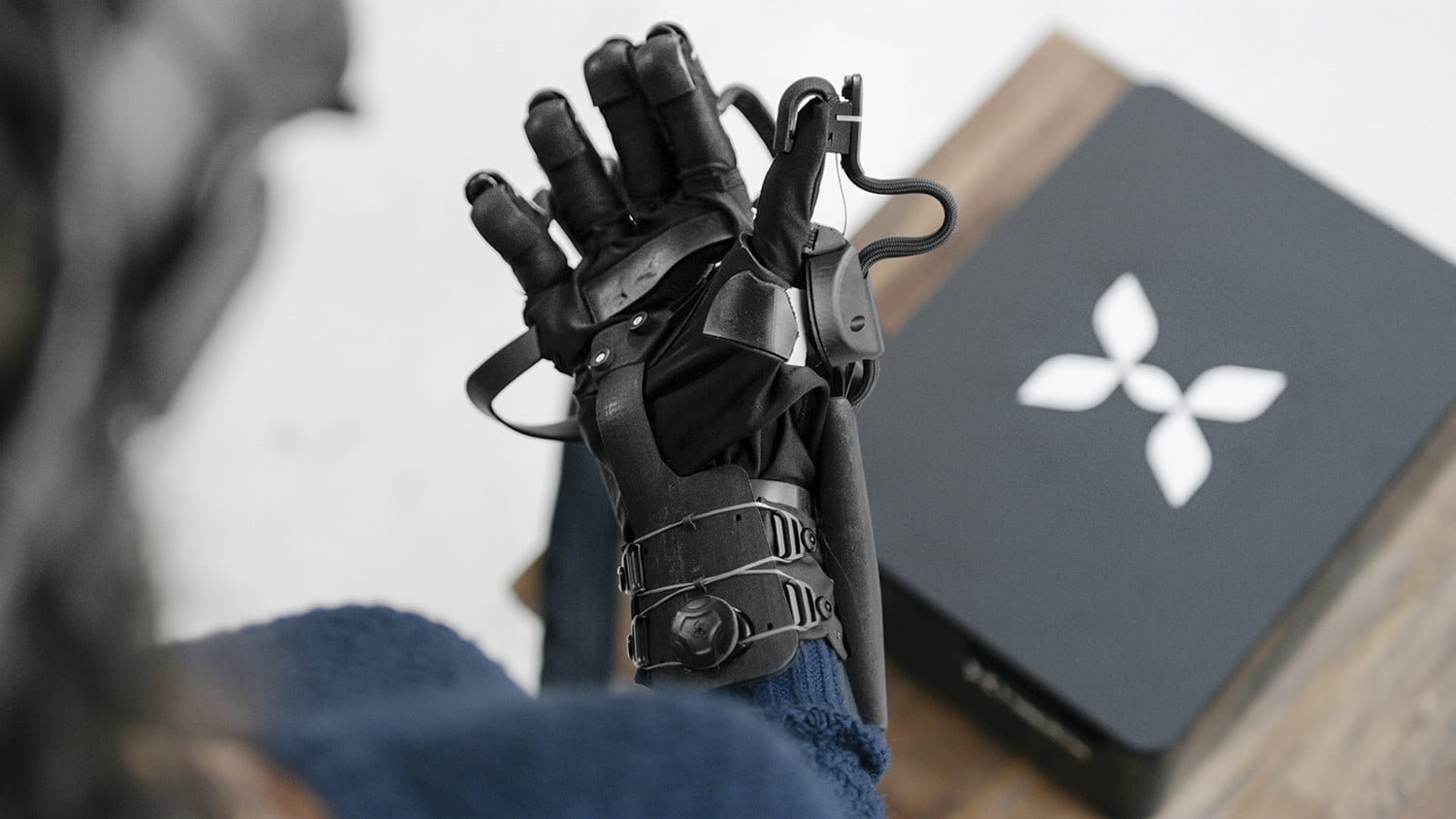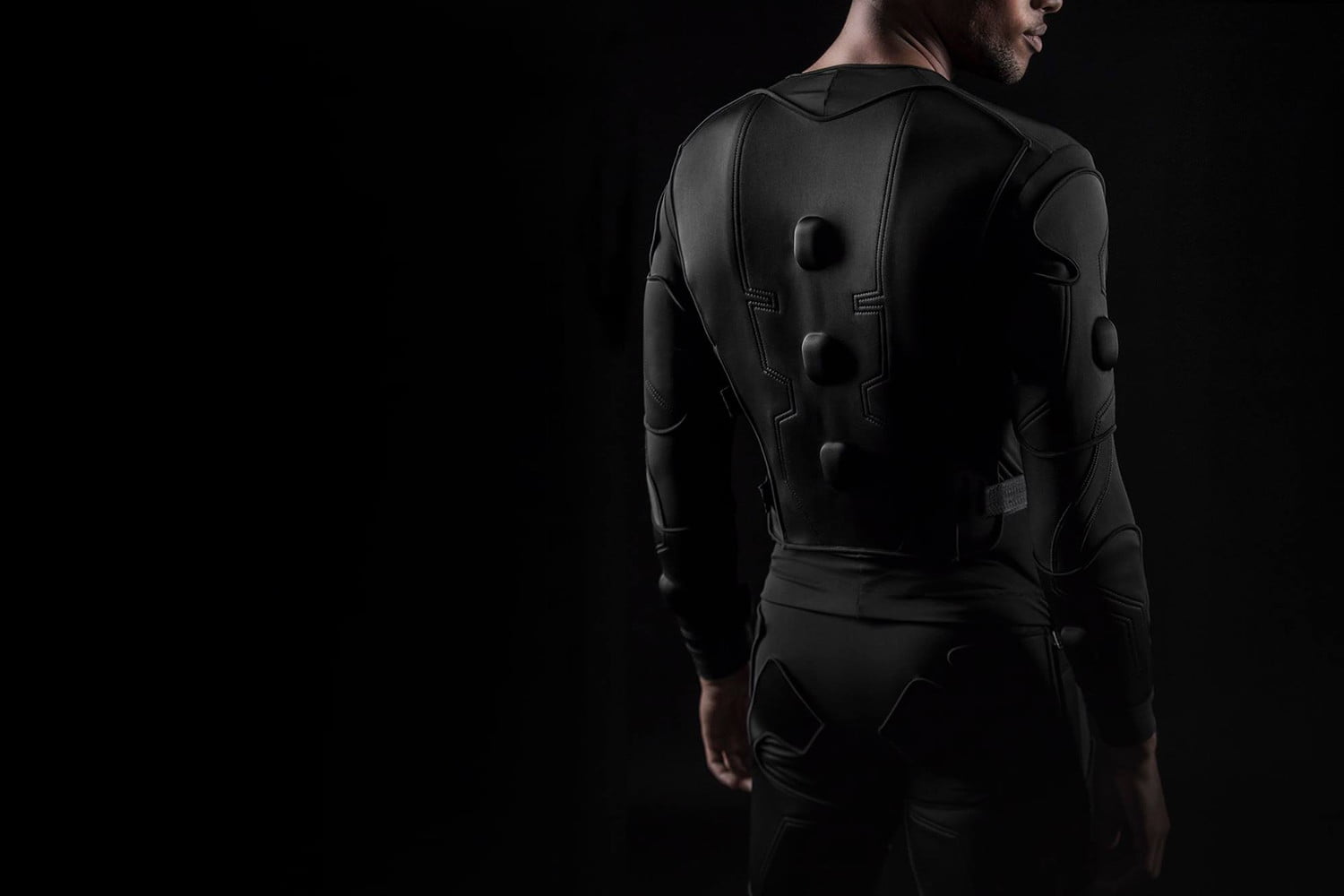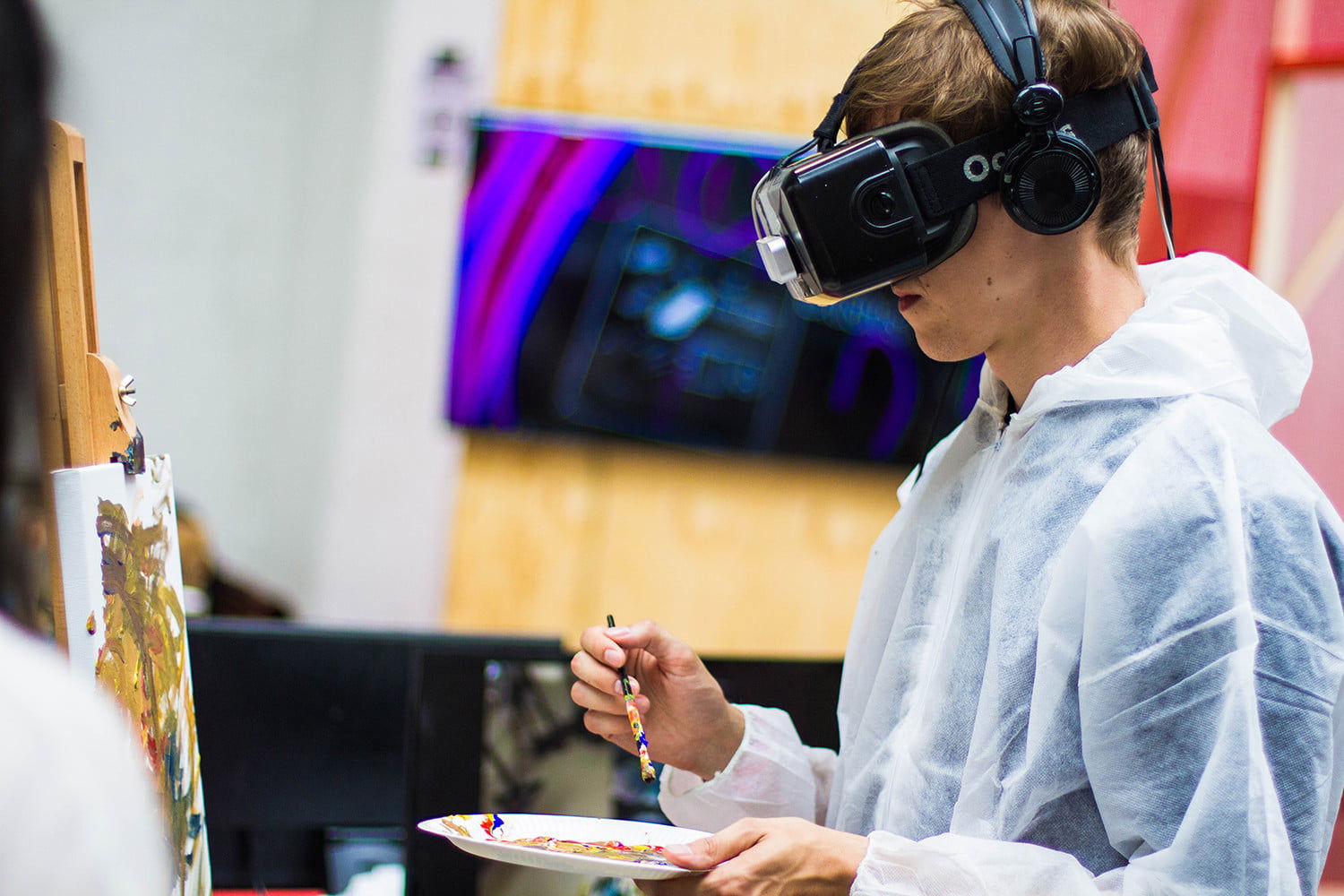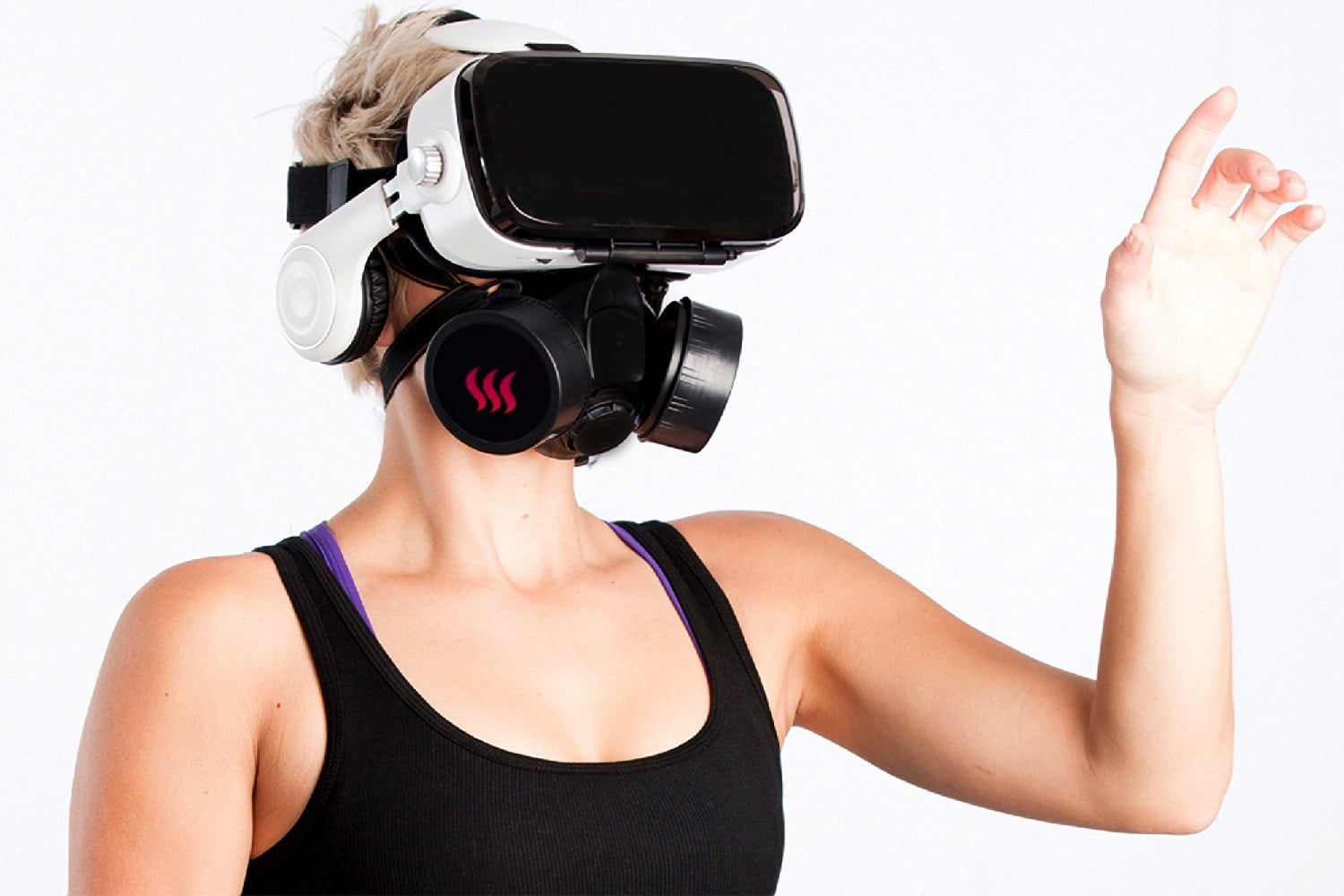
Virtual reality (VR) has captivated our imaginations, promising a gateway to boundless worlds and experiences. While VR headsets have made significant strides in recent years, there remains a crucial missing element: a seamless and natural interaction with the virtual realm.
To bridge this gap, researchers and innovators are developing groundbreaking accessories that aim to elevate VR experiences to new heights of immersion. Let's delve into some of these fascinating creations:
Wolverine: The Force-Feedback Haptic Device
Imagine exploring a virtual castle, feeling the cool stone walls and the intricate carvings. That's the promise of Wolverine, a wearable haptic device developed at Stanford University's Laboratory of Forms. Unlike bulky controllers, Wolverine utilizes a unique mechanism that provides direct force feedback between the thumb and three fingers, allowing users to grasp and manipulate virtual objects with astonishing realism.
What we like about this project is that researchers at the Stanford University Laboratory of Forms, who developed a unique method of using a cheap, analog facility with no expensive engines, created it.
Called Wolverine, the wearable haptic device is reminiscent of the iconic X-Men's famous character. Through this design, they can hold a wide range of objects, the user can perceive objects in virtual reality by providing direct force between the thumb and three fingers.

Facebook's Haptic Gloves: Touching the Virtual World
Seeking even more natural interactions, Facebook has unveiled its prototype haptic gloves. These advanced gloves, embedded with "tendons" that mimic the human hand's movements, promise to provide a truly tactile experience. By simulating pressure and resistance, users can feel the texture of virtual objects and interact with them with an unprecedented level of precision.

Full-Body Haptic Suits: Immersed from Head to Toe
For those who crave a truly immersive experience, full-body haptic suits offer a tantalizing solution. Imagine feeling the wind whipping through your hair as you soar through a virtual sky or the adrenaline rush of a virtual combat scenario. These suits, equipped with a network of sensors and actuators, deliver haptic feedback across the entire body, creating a sense of complete immersion.

Brain Zapping for Enhanced Reality
Researchers at the Swiss Federal Institute of Technology are exploring a novel approach to enhancing VR experiences: transcranial magnetic stimulation (TMS). By stimulating specific brain regions, TMS can trick the brain into perceiving virtual objects as real, blurring the lines between reality and simulation.
Specialized Controllers for Specific Scenarios
VR technology is not limited to entertainment; it holds immense potential for training and simulation. One such example is a specialized controller designed for surgical training. This controller mimics the movements of a surgeon's hands, allowing trainees to practice complex procedures in a realistic virtual environment.

Expanding the Virtual World: Treadmills and Guided Walks
While VR headsets offer a captivating window into virtual worlds, they often confine users to a limited physical space. To address this limitation, multidirectional treadmills like Virtuix Omni and cat mini VR allow users to walk and move freely within the virtual environment, creating a sense of boundless exploration.
Harnessing the Power of Smell: Oh Roma
Smell, an often neglected sense, plays a crucial role in creating truly immersive experiences. Livecams, the company behind the popular Cam Soda platform, has unveiled Oh Roma, a scent-emitting device designed to complement VR experiences. By releasing corresponding fragrances, Oh Roma enhances the realism and emotional impact of virtual environments.
Taste the Virtual World: Cocktail
Researchers at the National University of Singapore have developed Cocktail, a programmable cup that can simulate a variety of tastes using electrodes placed around the rim. By stimulating the tongue, Cocktail can trick the senses into perceiving sweet, sour, salty, or even bitter flavors, adding an extra layer of immersion to VR experiences.
These groundbreaking accessories represent a glimpse into the future of VR, where the boundaries between the real and virtual worlds are increasingly blurred. As VR technology continues to evolve, these innovations promise to unlock new levels of immersion and interaction, transforming the way we experience and interact with the world around us.
The article was written by Amit Caesar
Here are some exciting new articles you don't want to miss!
- Feeling Frosty: VR Cold Sensation Tech is Here
- Apple Vision Pro: The Future of Spatial Computing
- Can Virtual Reality Smell Your Farts?
- Meta Quest 3: Everything you need to know
- Amazing products for your VR from Amazon
- The Best Accessories for Microsoft Flight Simulator
- Experience the future of sex with virtual reality and artificial intelligence
- Virtual Reality: A whole new world opens up to you on eBay
- How to Watch Netflix in VR: A Step-by-Step Guide
Here are the links to my social media pages:
Facebook: [link]
YouTube: [link]
LinkedIn: [link]
Twitter (x): [link]





